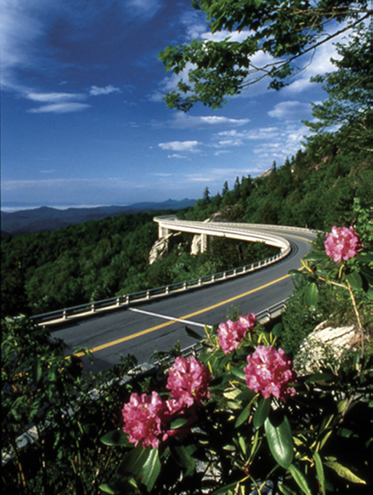Program Comment for Common Post-1945 Concrete and Steel Bridges

The bridges listed in the State by State List of Identified Exceptions have been identified by their respective states as having some exceptional quality and consequently will continue to be considered individually pursuant to Section 106 of the National Historic Preservation Act, as will those post-1945 common bridges previously listed or determined eligible for listing on the National Register or located in or adjacent to historic districts. States for which a report has not yet been provided are not eligible for the Program Comment at this time.
At the request of the Federal Highway Administration (FHWA), the Advisory Council on Historic Preservation (ACHP) has issued a Program Comment that will eliminate individual historic review requirements under Section 106 of the National Historic Preservation Act for common post-1945 concrete and steel bridges and culverts. The intent of Program Comment is to ensure that more unique historic bridges receive the attention they deserve while the process is substantially streamlined for common, “cookie-cutter” bridges that are unlikely to be significant for preservation in place. These bridges were constructed in vast numbers after World War II using standardized plans. Although there has been little public interest in the preservation of these common bridges and culverts, FHWA was required under Section 106, to consider and document the potential historic significance of any bridge approaching 50 years of age that might be affected by FHWA projects. See the end of this section for examples of common bridge types covered by the Program Comment.

